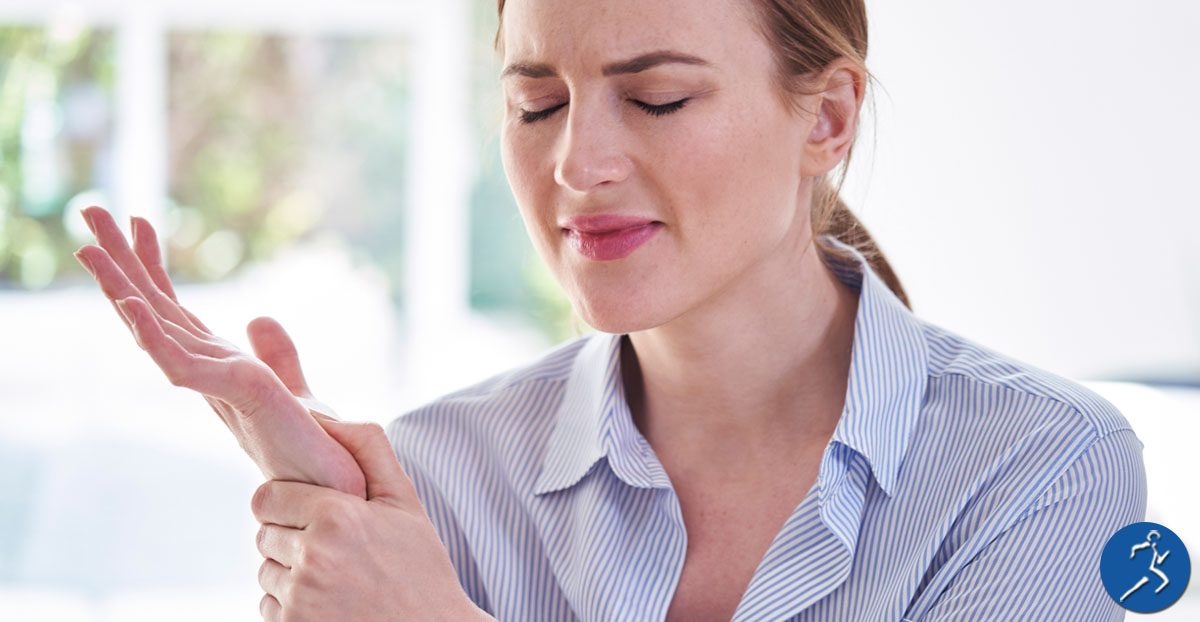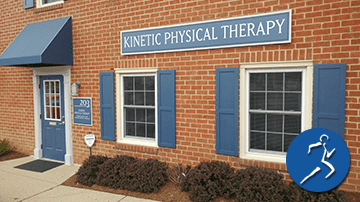 When we think of suffering from arthritis, we think it happens only as we age. And while it’s true that most arthritis sufferers are elderly, this painful affliction doesn’t discriminate. Arthritis can affect any age, race, and gender.
When we think of suffering from arthritis, we think it happens only as we age. And while it’s true that most arthritis sufferers are elderly, this painful affliction doesn’t discriminate. Arthritis can affect any age, race, and gender.
According to the American College of Rheumatology, it’s estimated around 300,000 US children have been diagnosed with arthritis. And millions of adults live with the condition, sometimes with debilitating effects.
The good news is that physical therapy can be very effective in helping arthritis. It is a non-evasive and drug-free way to improve life with arthritis. The main goals of physical therapy for arthritis are to reduce symptoms, decrease pain, and improve quality of life.
What is Arthritis?
Simply put, it’s the swelling and tenderness of a joint. It is not a single disease but rather an informal way of referring to joint pain.
Common areas where people affected are fingers, wrists, shoulders, elbows, hips, knees, and ankles.
Symptoms of arthritis usually include decreased range of motion, swelling, and stiffness. Symptoms can become more severe over time. Sometimes they come and go. Sometimes symptoms are more pronounced by an environment, like a change in the barometric pressure. And symptoms can range from mild to severe.
Types of Arthritis
There are many different types of arthritis.
Osteoarthritis is the most common condition of arthritis. It happens as people age when there is “wear and tear” on weight-bearing joints like hips, knees, and ankles.
Rheumatoid arthritis is an autoimmune disease. Those who suffer from it have inflammation due to their immune system attacking their body. It usually affects multiple joints.
Gout is a buildup of uric acid crystals in a joint, most often causing severe pain in your foot.
Lupus is another autoimmune disease. Instead of attacking viruses, your immune attacks healthy areas of the body. Lupus can cause inflammation and pain throughout your body, from joints, to organs, to the brain.
Why Physical Therapy is a Good Choice
There are several reasons physical therapy can help those who struggle with arthritis.
First, a physical therapist will teach you exercises and stretches. These movements will increase your range of motion. Improving the ability to bend and straighten a joint is a good step in alleviating arthritic pain. Increasing your range of motion also makes everyday movements like climbing stairs, holding a toothbrush, and reaching for a seatbelt less painful.
Next, physical therapy can improve muscle strength. Your muscles provide support for your joints. Weak muscles can put added stress on your joints. So, strengthening muscles around your joints with pain can help your joints function better.
Third, physical therapy can help adjust your posture. Whether walking, sitting at a table, or even driving your vehicle, good posture can take the stress off arthritic joints. A physical therapist can show you ways to improve your posture. They can also suggest minor changes to implement that could make a big difference in your joint pain.
Lastly, it may seem counter-intuitive to exercise an injured joint. But a physical therapist can help you with specific and gentle exercises. Being diligent in completing the exercises can help loosen joints and strengthen them without causing further injury or pain. An unused or weak muscle can make arthritic pain worse, so strengthening exercises for the affected joints can be very helpful.
Finding Arthritic Pain Relief
If you experience pain, stiffness, or limited range of motion due to arthritis, contact us today to schedule an appointment. Whether your arthritis is constant, intermittent, severe, or mild, our physical therapists will work diligently to find you relief and improve your quality of life.


